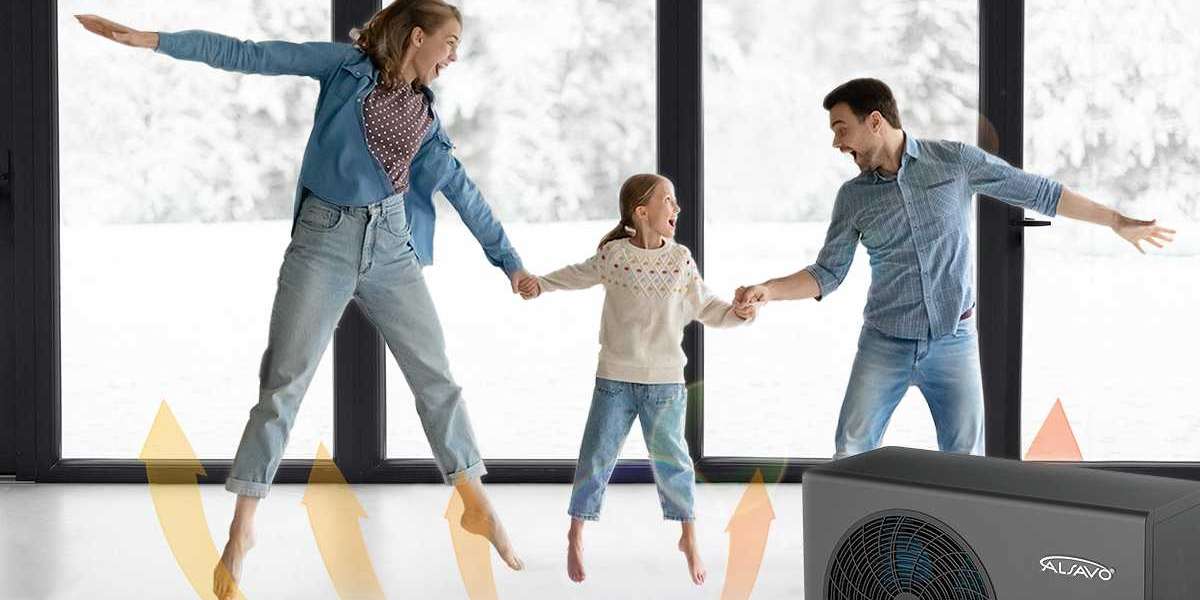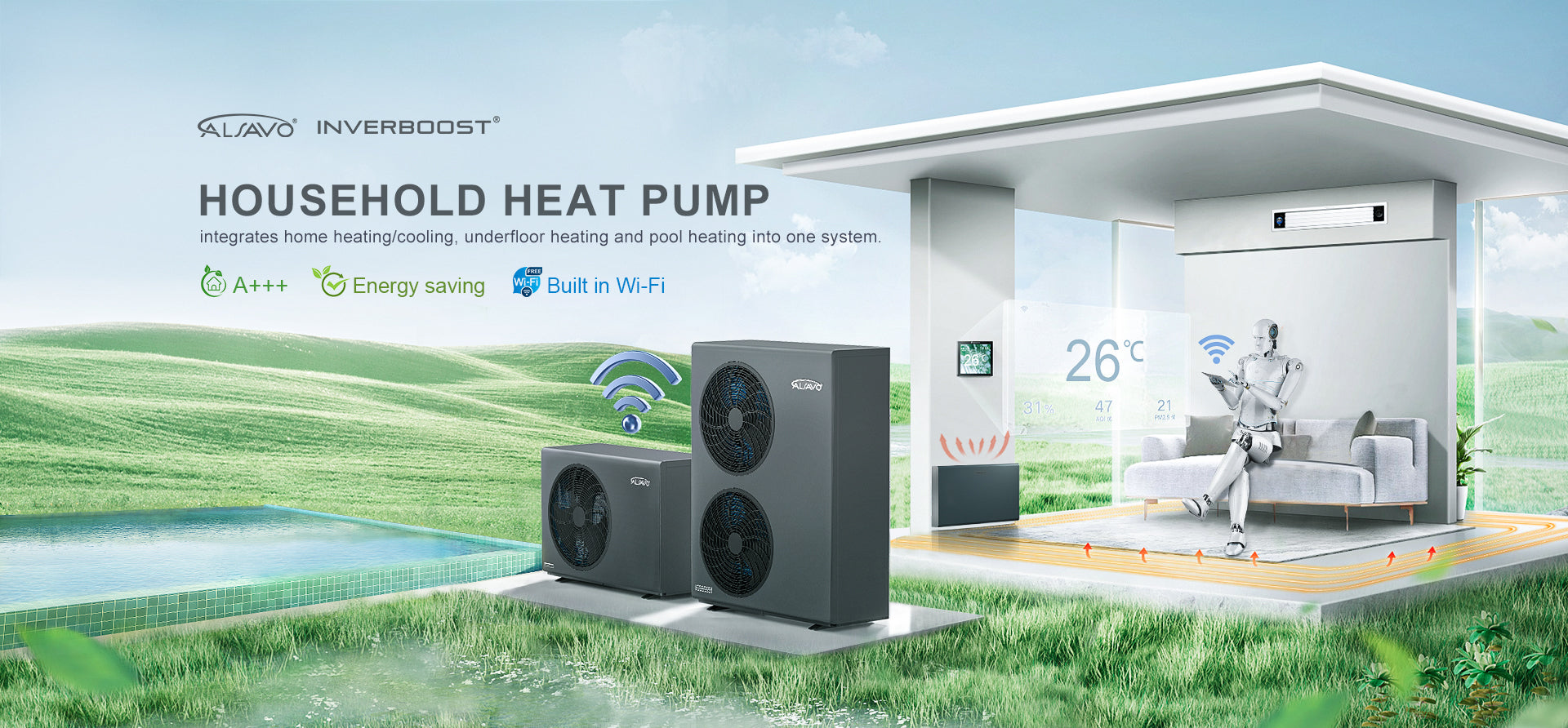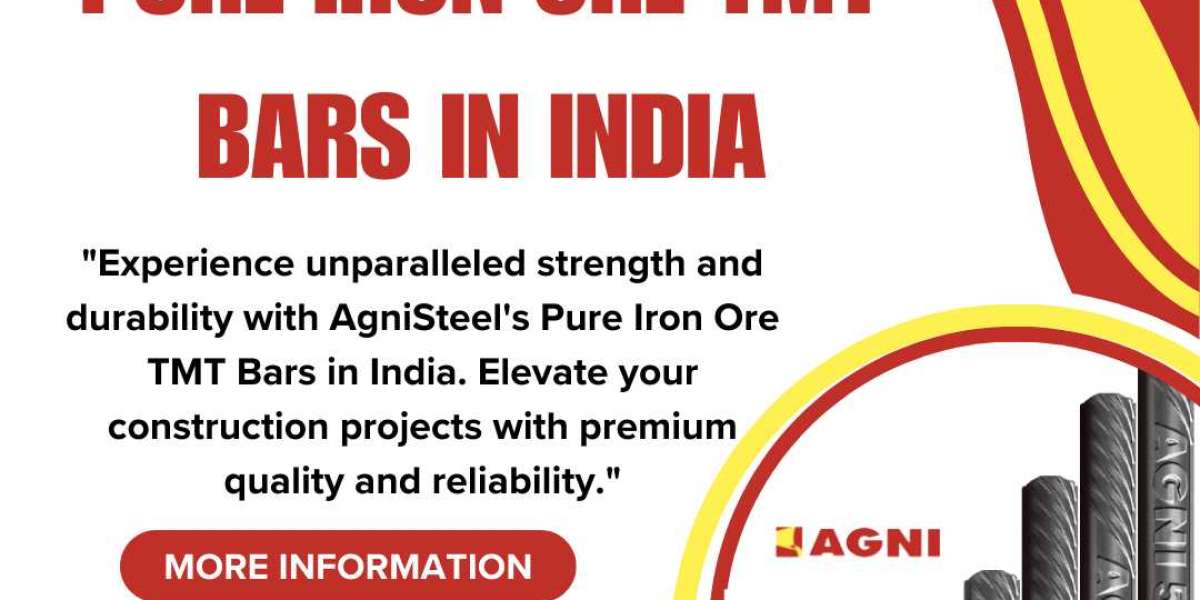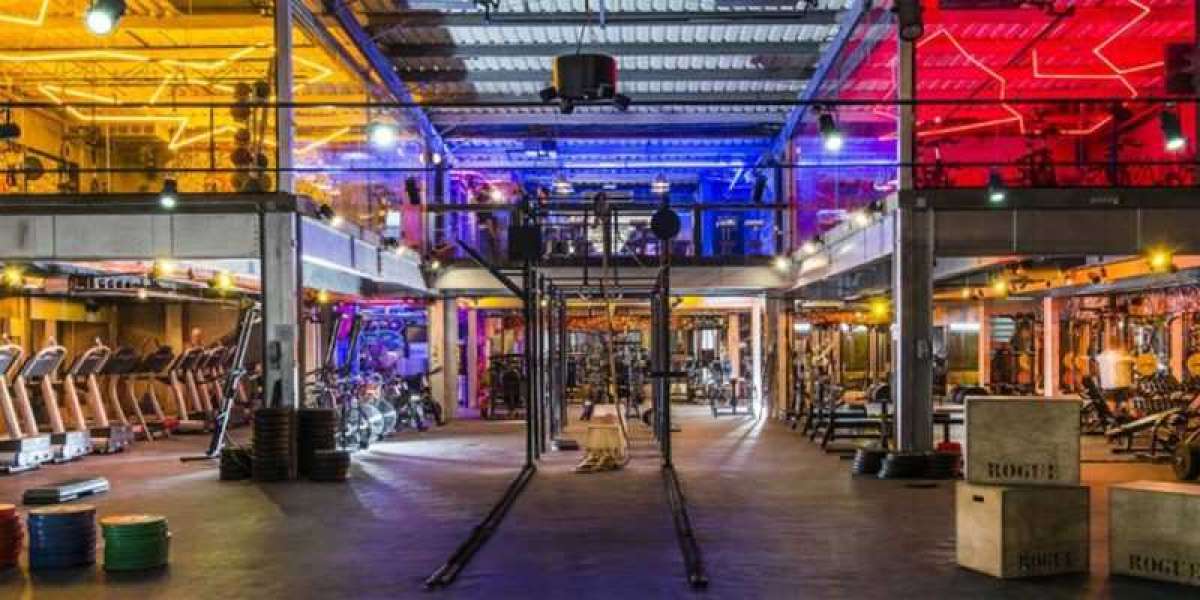As the global community endeavors to curtail carbon emissions and advance towards a more sustainable future, air source heat pump(ASHP) is progressively being adopted as an alternative to conventional heating systems. Nonetheless, while ASHPs represent a highly efficient and environmentally friendly solution in various climates, the installation of such systems in cold regions poses a distinctive set of obstacles. This article seeks to examine these challenges and proffer solutions that can enhance the feasibility of ASHPs as a heating alternative in cold climates.
Challenges
Reduced efficiency in cold temperatures
A primary hurdle in the installation of ASHPs in cold climates is their diminished efficiency in low temperatures. The operation of ASHPs relies on extracting heat from outdoor air and transforming it into useful heat for indoor environments. Nonetheless, as temperatures decline, the quantity of heat that can be extracted from the air dwindles, leading to reduced system efficiency. Consequently, ASHPs may encounter difficulties in generating adequate heat to sustain warmth in homes and buildings in extremely cold temperatures.
Increased energy consumption
When ASHPs are used in cold climates, they require more energy to run, which can lead to increased energy consumption. This increased energy consumption can be a significant drawback, both in terms of cost and environmental impact.
Risk of damage to the system
In extremely cold temperatures, there is a risk of damage to ASHPs due to frozen condensate pipes. Frozen pipes can cause water to back up into the system, leading to potential damage to the compressor or other components. This can result in costly repairs or even the need for a complete system replacement.
Limited options for supplementary heating
In extremely cold temperatures, supplementary heating may be necessary to provide enough warmth to keep indoor spaces comfortable. However, in some cold climates, traditional supplementary heating options such as electric heating may be prohibitively expensive or not practical. This means that homeowners may need to explore alternative options for supplementary heating, which can be challenging.
Solutions
Optimizing the design and installation of the system
One solution to the challenges of installing ASHPs in cold climates is to optimize the design and installation of the system. This can involve a range of measures, such as selecting an ASHP that is specifically designed for cold climates, ensuring that the system is properly sized for the space it will be heating, and taking steps to minimize heat loss from the building. Nowadays, some heat pump companies have already developed their products, and some ASHPs can still be at a temperature of -15°C.
Using backup heating systems
Another solution is to use backup heating systems in conjunction with ASHPs. For example, homeowners could install a propane or natural gas backup furnace that kicks in when the temperature drops below a certain level. This can help to provide additional heating power when it is needed, without relying on more expensive or less efficient options such as electric heating.
Ensuring proper maintenance and upkeep of the system
Proper maintenance and upkeep of ASHPs are essential to ensure their efficient operation in cold climates. This can include regular cleaning of the outdoor unit to prevent ice buildup, ensuring that the system is properly insulated to minimize heat loss, and performing regular maintenance checks to identify and address any potential issues before they become major problems. Homeowners can choose an air source heat pump manufacturer who offers related services in case of contingencies.
 air source heat pump manufacturer
air source heat pump manufacturer
Using alternative sources of heat
Finally, homeowners in cold climates may need to consider alternative sources of heat that can be used in conjunction with ASHPs. For example, wood stoves or pellet stoves can be an effective and eco-friendly way to supplement heat in extremely cold temperatures, particularly in rural areas where wood may be readily available. Alternatively, ground source heat pumps (GSHPs) can be a viable alternative to ASHPs in some cold climates, as they draw heat from the ground rather than the air and are less affected by extremely cold temperatures.
In summary, despite the difficulties associated with installing ASHPs in cold climates, there are a variety of remedies that can make this energy-efficient heating alternative feasible even in the most frigid temperatures. By enhancing system design, employing backup heating systems, ensuring proper upkeep, and exploring alternative heat sources, residents in cold climates can take advantage of the numerous benefits of ASHPs while reducing their carbon footprint and energy expenditures. With ongoing technological advancement and investment, it is probable that ASHPs will become a more and more popular and workable option for warming homes and structures in cold climates in the future.

 air source heat pump
air source heat pump heat pump companies
heat pump companies






